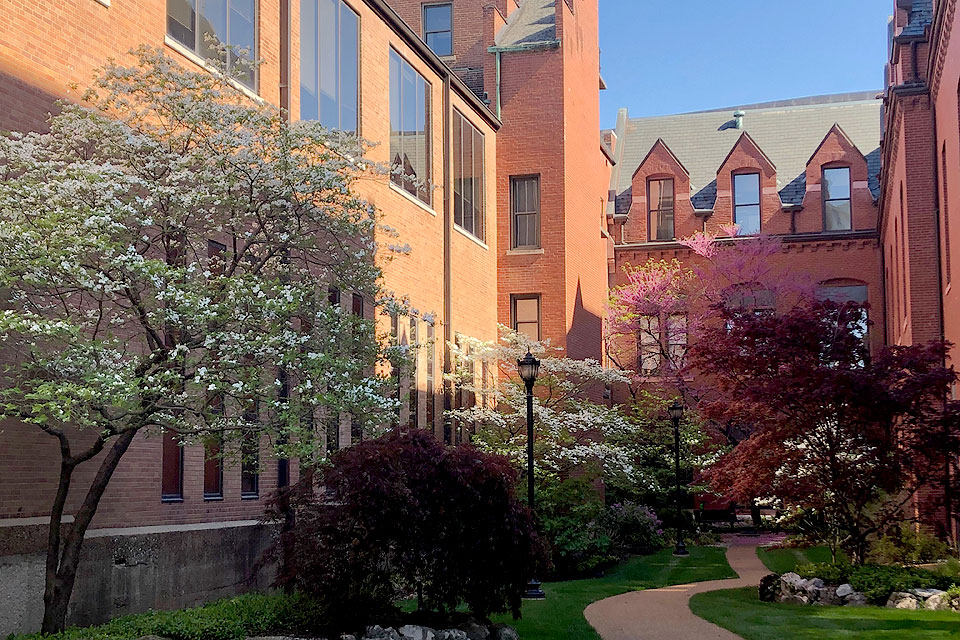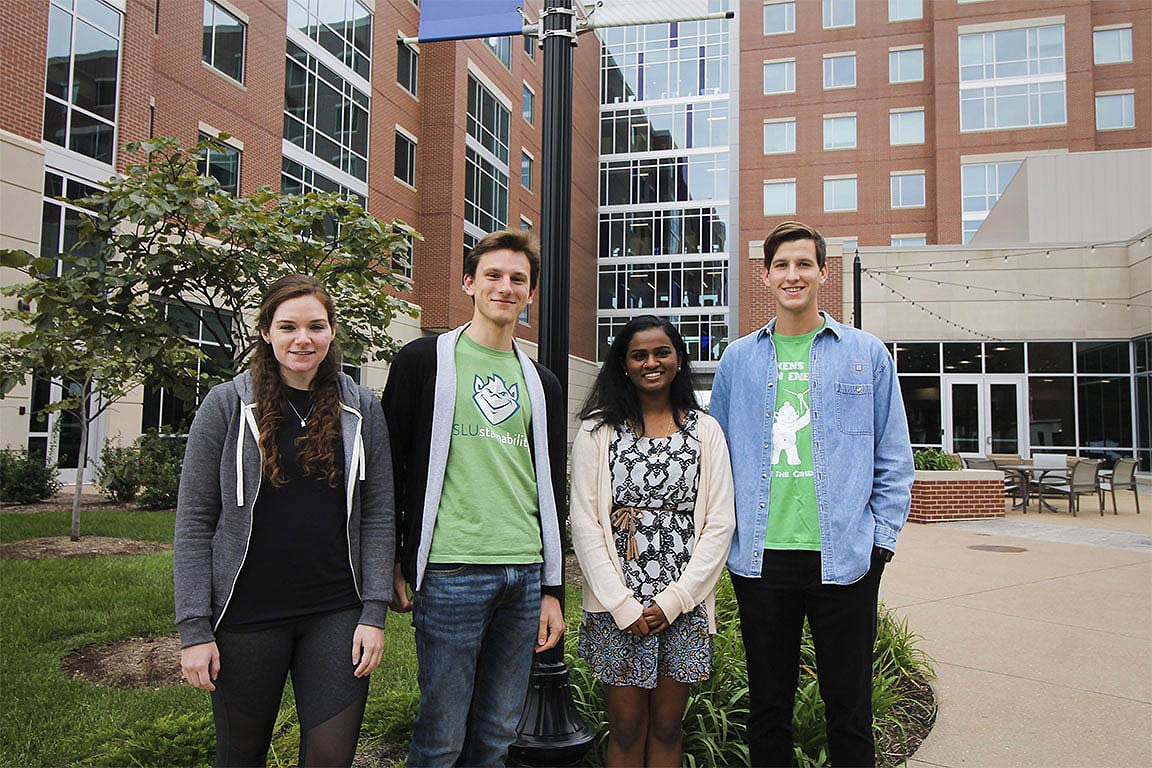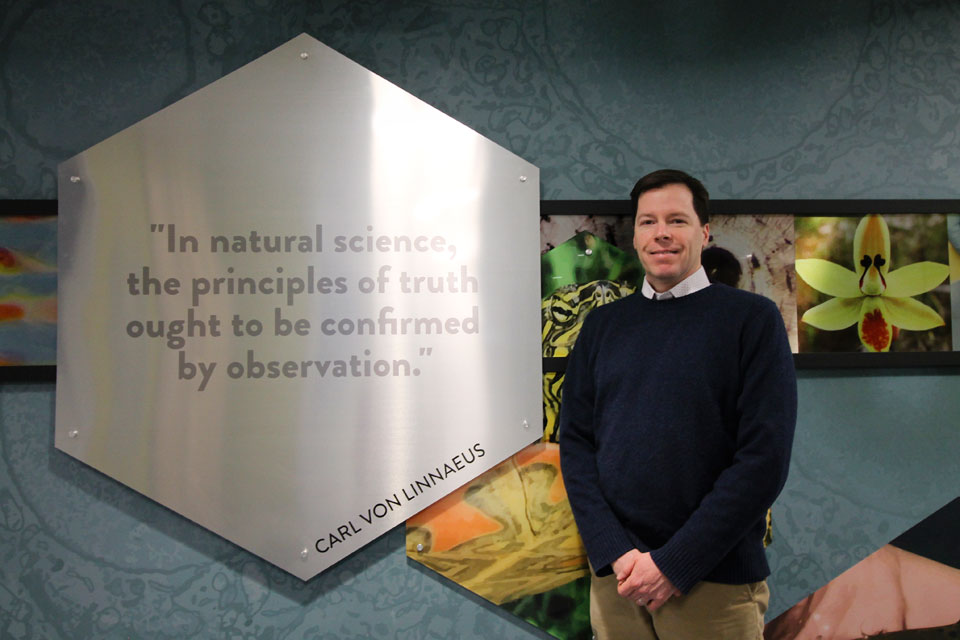Arbor Day Foundation Honors SLU
Saint Louis University’s efforts to create a campus engaged with the spirit of conservation and campus forest stewardship have been recognized by the Arbor Day Foundation.
The foundation named SLU as a 2018 Tree Campus USA earlier this month. The national award honors colleges and universities and their leadership for promoting healthy trees and engaging their campus communities in conservation-related efforts during calendar year 2018.
The University also received the honor last year for its efforts in 2017.
SLU met five core standards for effective campus forest management to win the honor.
SLU’s Midtown campus is home to thousands of trees representing a wide range of deciduous and evergreen species. There are about 2,000 trees on the northern portion alone.
Making Green Lists for Doing Good
The Arbor Day honor marks a second time this semester that SLU has been lauded for its environmental and sustainability-focused work. Recently, the U.S. Environmental Protection Agency (EPA) recognized SLU for its use of green power thanks to an initiative launched by SLU students.
The University’s residence halls are now part of the EPA’s Green Power Partnership. The Green Billikens led the push for SLU to join more than 1,600 entities that collectively use more than 50 billion kilowatts of green power annually. That amount equals the amount of electricity more than 4.6 million American homes utilize.
Thanks to student-led efforts, the University also became the first higher educational institution in the state to participate in Ameren Missouri’s Pure Power Program.
Leading Thoughts for a Greener Tomorrow
University leaders, faculty, students and staff members also joined the head of the National Geospatial-Intelligence Agency (NGA) and other leaders to consider the ways that geospatial technologies could improve the world around us at the Geo-Resolution 2019 Conference held on Thursday, April 9, at Busch Student Center.
The conference, the first of its kind in the Midwest, drew more than 600 people together to consider how geospatial technologies will impact fields including the environment.
Nearly two dozen speakers from across the country shared their insights.
Advising Environmental Protection Efforts Across the Nation
In January, the EPA also tapped SLU biologist Jason Knouft, Ph.D., to serve on the agency’s National Advisory Council for Environmental Policy and Technology (NACEPT).
Knouft joins a select group of about 20 scientists and experts from across the country, and brings his expertise as a water quality researcher to bear as a council member.
NACEPT advises the EPA on a broad range of environmental policy, technology and management issues.
Criteria for Tree Campus USA Status
- Establishment of a tree advisory committee.
- Provided evidence of a campus tree-care plan.
- Dedicated annual expenditures for its campus tree program.
- Held an Arbor Day observance.
- Sponsored student service-learning projects.
To learn more about sustainability at SLU, visit the Office of Sustainability and Benchmarking.





















